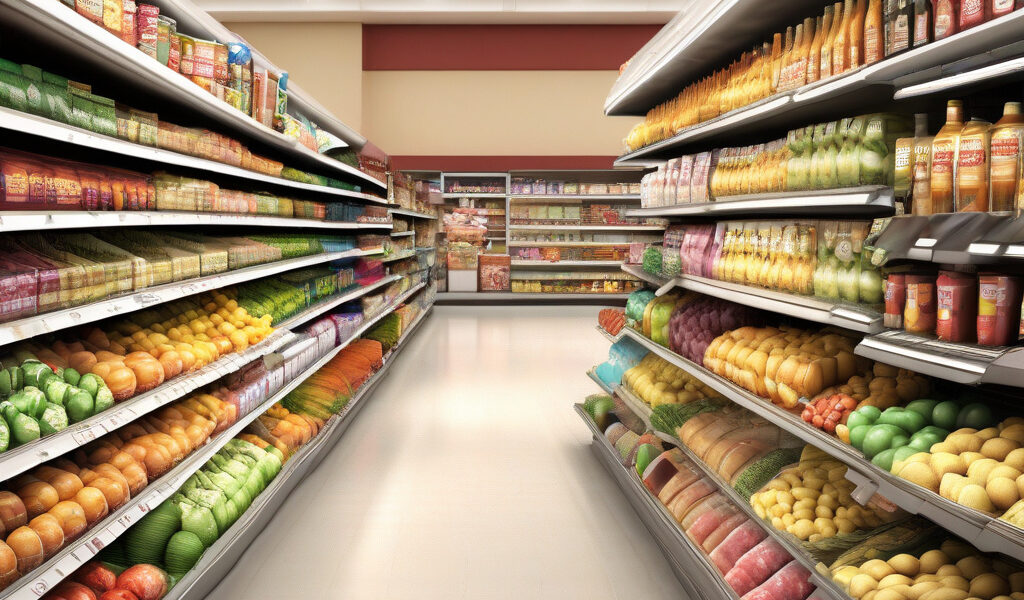Why ‘Channel Fluidity’ Will Be Key to Grocery Growth
In the ever-changing landscape of the grocery industry, one term is gaining traction among experts and retailers alike: channel fluidity. This concept refers to the seamless integration of online and offline channels to create a cohesive shopping experience for consumers. As digital expansion continues to outpace in-store trends, embracing channel fluidity will be crucial for grocery growth in the coming years.
A recent report by FMI and NielsenIQ underscores the importance of this shift. The study reveals that digital engagement in the grocery sector is on the rise, with more consumers turning to online channels for their shopping needs. This trend has only been accelerated by the global pandemic, which forced many retailers to enhance their digital offerings to meet the changing demands of customers.
One of the key drivers of channel fluidity is the growing popularity of online grocery shopping. With the rise of e-commerce giants like Amazon and Walmart, consumers have come to expect the convenience of ordering groceries online and having them delivered to their doorstep. This has put pressure on traditional grocery stores to adapt their business models to cater to this shift in consumer behavior.
Retailers that embrace channel fluidity stand to benefit in several ways. By offering a seamless shopping experience across both online and offline channels, they can attract a wider customer base and drive more sales. Additionally, integrating digital tools such as mobile apps, AI-powered recommendations, and personalized promotions can help retailers better understand their customers’ needs and preferences, leading to increased customer loyalty and retention.
A prime example of a retailer that has successfully implemented channel fluidity is Kroger. The grocery chain has invested heavily in its digital capabilities, offering services such as click-and-collect, home delivery, and personalized discounts through its app. By providing customers with the option to shop online or in-store seamlessly, Kroger has been able to stay ahead of the curve and meet the evolving needs of modern shoppers.
Another key aspect of channel fluidity is the use of data and analytics to optimize the shopping experience. By tracking customer behavior across different channels, retailers can gain valuable insights into how and where their customers prefer to shop. This data can be used to personalize marketing campaigns, improve product recommendations, and identify new opportunities for growth.
As the grocery industry continues to evolve, retailers must prioritize channel fluidity to stay competitive in the digital age. By integrating online and offline channels, leveraging data and analytics, and enhancing the overall shopping experience, retailers can position themselves for success in a rapidly changing market.
In conclusion, channel fluidity will be key to grocery growth in the coming years. By embracing this concept and adapting their business models to meet the changing needs of consumers, retailers can drive sales, enhance customer loyalty, and stay ahead of the competition in an increasingly digital world.
#GroceryGrowth, #ChannelFluidity, #DigitalExpansion, #ECommerceTrends, #CustomerExperience












